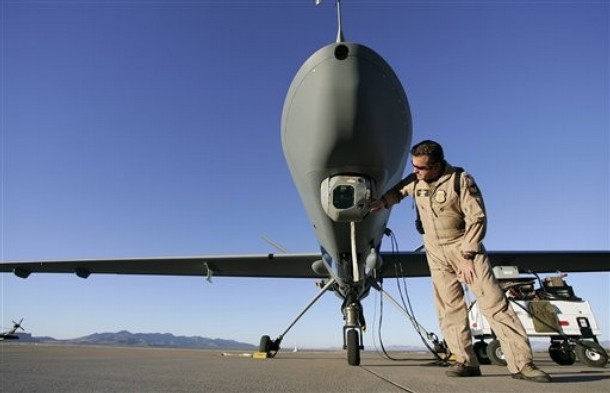The War in Pakistan

The Center for American Progress has a very useful interactive map showing the territory of various Pakistani militant groups. They also have a list and short bio of the major Taliban leaders.
In related Pakistani news, the Long War Journal takes a look at America's air war against the these groups, noting this statistics:
Beginning in August 2008, the US began stepping up strikes against Taliban and al Qaeda elements in the tribal agencies. There were 28 airstrikes in the tribal agencies between August and December 2008 – nearly double the total number of airstrikes in the previous four years combined (the first recorded Predator strike in the tribal agencies took place in June 2004). There was one recorded strike in 2004, one in 2005, three in 2006, and five in 2007.In 2009, the frequency of Predator strikes in Pakistan has continued to trend upwards. There have already been 31 Predator strikes in Pakistan this year (as of July 18) – nearly matching the total of 36 strikes for all of 2008.
If airstrikes continue at the current rate, the number of strikes in 2009 could more than double the dramatic increase in Predator activity seen in 2008.
There are two main schools of thought regarding these drone attacks. One is that the long term costs to Pakistani stability are not worth the short term gains. The other, that these strikes are an effective, low-cost means of keeping the Taliban and al Qaeda off balance without the more destabilizing step of sending troops into Pakistan.
I happen to think that, given that the government of Pakistan is more or less on board with these strikes, it's the best of a lot of bad alternatives.
---
Photo Credit: AP Photos





